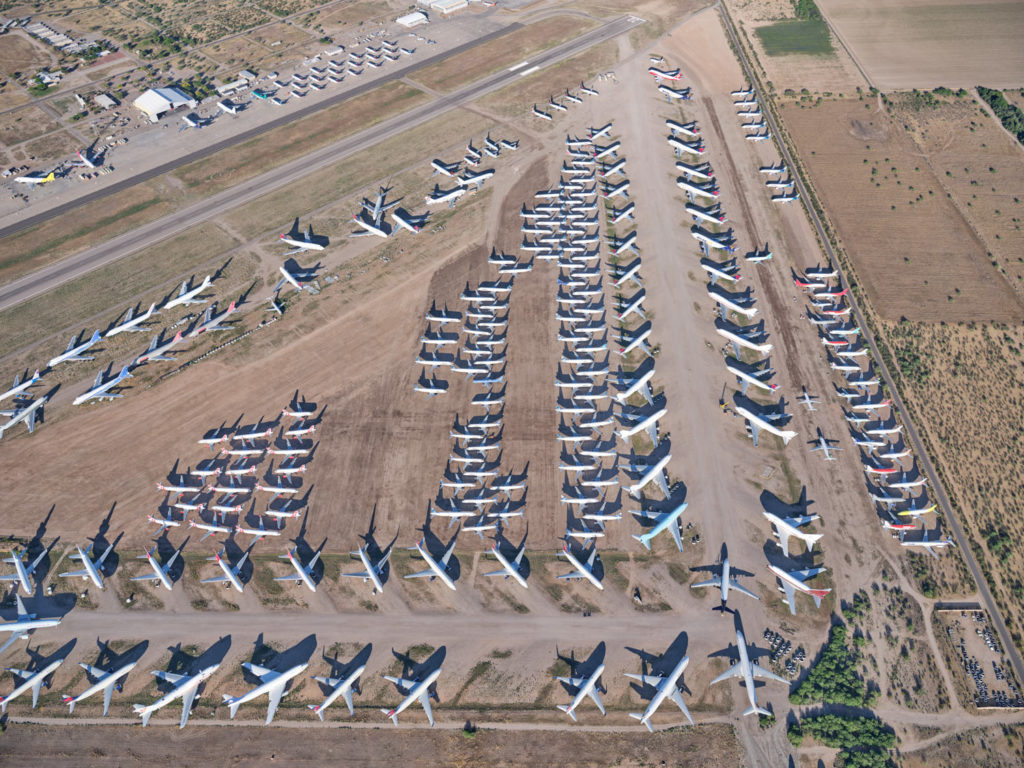Estimated reading time 9 minutes, 19 seconds.
Five years from now, Anthony Norejko will look back at the COVID-19 crisis and the story he will tell is about the lack of government leadership.
As the president and CEO of the Canadian Business Aviation Association (CBAA), Norejko has had a front row seat to witness the devastation the pandemic has wreaked on national aviation – and he’s also seen a lack of government leadership at a time when it is sorely needed.

When COVID-19 made headlines in mid-March, the CBAA revamped its member communications plan to focus on delivering real-time, useful news.
“The strategy we laid out at the beginning of the year obviously changed due to COVID,” Norejko told Skies. “Standing up the tools to give real-time information has been a functional pivot point. We issued daily email updates for over a month before we shifted to our Flight Operations tool on WhatsApp. We were getting hundreds of calls, emails and texts. I needed a place to centralize our communication and create a tool that was barrier-free so members could communicate with us, too.”
Operator members are engaging with the CBAA more than ever, although he said associate members – those who provided goods and services to operators – are “under pressure because often, the way associates work is through networking opportunities like tradeshows. Those don’t exist right now.”
This year, the CBAA was among the first associations to move its annual AGM online. Held on June 17, the virtual event united members, emphasizing that there has never been a more critical time to pull together.
That co-operation extends to other industry associations, too, and Norejko said he’s proud of how the CBAA has interacted with other groups, including during weekly presidents’ calls. Collectively, much work has been done to educate government about the damage being inflicted by inter-provincial travel restrictions.

“We as Canadians can’t travel freely in our own country,” he said. “Our position right now is to just get Canada opened up and then focus on the balance of the globe. The government needs to take some leadership here – use testing to waive quarantine and lead the way.”
Both international and domestic operators are impacted by provincial quarantine regulations, and that’s putting a damper on Canadian aviation.
“Business aviation today – both domestic and international operations – we’re still trailing our global counterparts in terms of the recovery,” reported Norejko. “As the Canadian economy goes, so does business aviation. But right now, it’s touch and go. The stats still say a 25 to 30 per cent decline, but the experience is so varied.”
Busier than ever
The CBAA isn’t the only national aviation group frustrated at the lack of leadership in Ottawa.
John McKenna, president and CEO of the Air Transport Association of Canada (ATAC), told Skies that while the government Flight Plan to navigate the pandemic is “all well and good,” the big issue remains with interprovincial restrictions.
“Until provincial governments lift the quarantines, we’re not going to help the industry,” he said. “The importance of regional aviation and the impact of lowered service to the regions is seen by the panic that set in when Air Canada announced it was cutting 30 domestic regional routes and shuttering eight airport stations across the country.”
ATAC has initiated weekly member conference calls, and operators are invited to participate in committee calls as well as discussions with Transport Canada. It, too, has seen the pandemic impact its industry partner members, some of whom aren’t able to pay their dues this year.

We expect to see a serious loss in 2021, but we are more preoccupied with 2022,” said McKenna. “Revenues streams could dry up and we don’t know what the industry will look like. We are facing two challenges: How do we survive the short-term, and how do we survive the medium- to long-term? As an association, we have more work now than we’ve ever had, but can the members afford it?”
He planned to address ATAC’s future role during the Sept. 2 board meeting, where the group’s “core business” was to be defined and priorities set. McKenna said one thing is clear: The role of an industry association is now, more than ever, about being a “one-stop source of accurate information on an ever-evolving situation.”
While ATAC members tell him they appreciate the association’s efforts in Ottawa, McKenna said it’s very frustrating to be dealing with the current government.
“We hope that the new Minister of Finance is more open-minded to development. The Minister of Transport is not talking with associations. The departments understand what we are trying to do, but they don’t decide. The government decides. We don’t feel we have a champion in government.”
Cohesive policy needed
As aviation suffers during the pandemic, so too does the national aerospace sector. At the Aerospace Industries Association of Canada (AIAC), senior vice-president Mike Mueller said they are “doubling down” to ensure government understands members’ concerns.
“COVID has shown members the need for a strong national association. We’ve had to pivot in some of our tactics, but the focus remains on our members and making sure our members’ concerns are heard within government.”
AIAC has moved to an online environment as much as possible, scheduling member webinars and information sessions with various government ministers or industry experts.

“We’ve been very successful at bringing the industry together and giving them the information they need to make critical decisions,” said Mueller. “We’re getting creative with virtual needs, such as an aerospace caucus call that pulled together Members of Parliament from all four different parties to have a conversation with our members.”
Additionally, AIAC has kept the communication flowing with its regional associations across the country. Mueller said there’s even been more discussion with international aerospace associations in the U.S. and Mexico, something that wouldn’t normally occur as often.
He, too, called for the government to implement a national aerospace strategy that takes all sector interests into account. “We are not losing our focus; we want to ensure government knows the impact of COVID-19 on our industry. We see other countries supporting their aerospace sectors, and we’re looking for the same support from our government.”
From British Columbia to Newfoundland and Labrador, aerospace supports 215,000 well-paying jobs, said Mueller. But the country recently slipped from 5th place to 7th place worldwide when it comes to aerospace activity, “partly because we don’t have that cohesive policy at the federal level. So far, the government has been resistant to a national strategy.”
Associations and the future
All three associations interviewed for this article said they were considering leaner operational models for the future, including whether or not they need a bricks and mortar office.
“We are re-evaluating the need for our office,” confirmed CBAA’s Norejko. “We don’t often entertain members at the office. We have meetings with government at their buildings. Nowadays, we meet via videoconferencing. There are opportunities for sustainable change and growth, both during and after COVID.”
AIAC’s Mueller agreed, adding: “We’re taking a look at that, to see how we can best serve members in what is increasingly becoming the new reality.”
Regardless of what the future brings, the role of industry associations is undergoing a metamorphosis. Those who transform and find innovative new ways to deliver member value will be the survivors.
“Every association will have to adapt,” concluded ATAC’s McKenna. “It may change the face of what we do now.”








